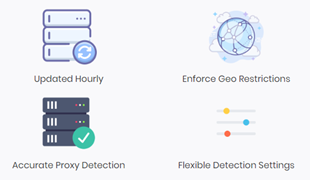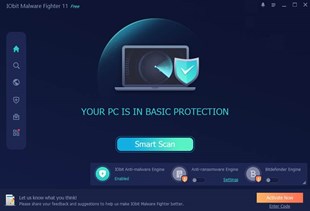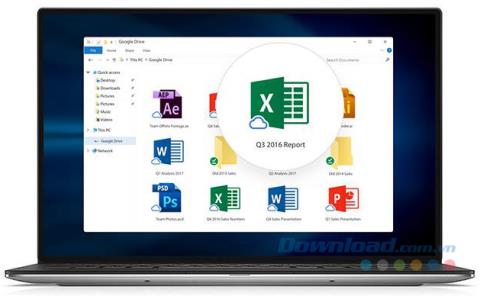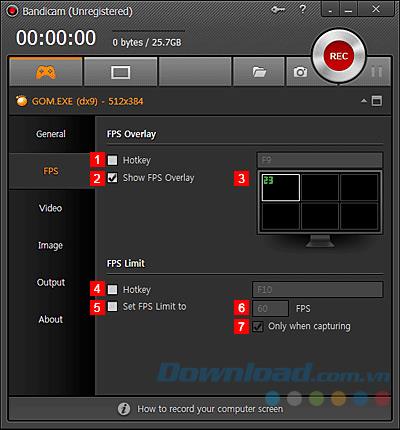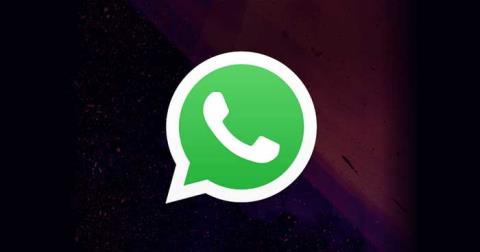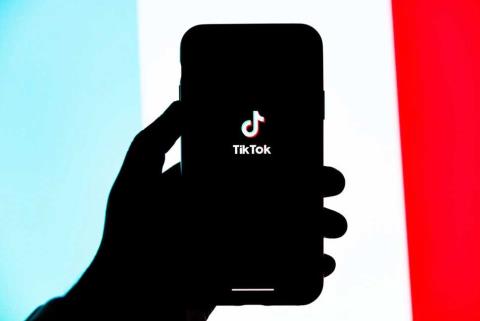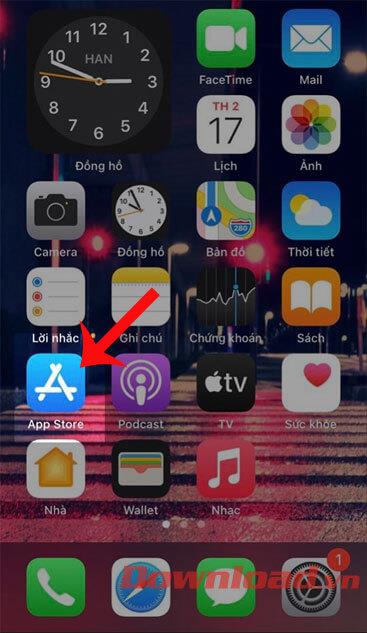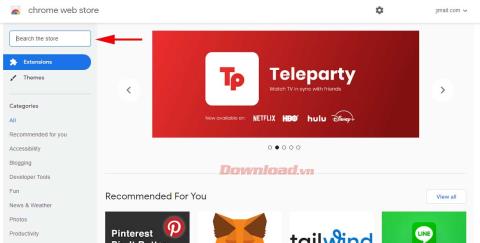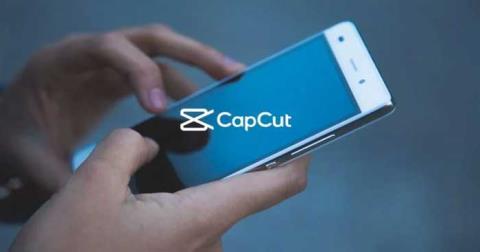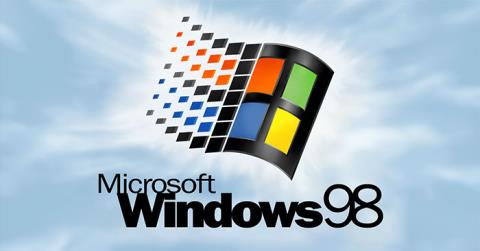Which are better: iPhones or Android smartphones? The debate never ends, and most people choose to be fans of either iOS or Android, no matter what. I’ve owned several iPhones and at least ten Android smartphones in the last decade, and I’m not even counting the ones I review regularly for my job. While I will try not to pick a winner and a loser in this article, here are the main differences I noticed between iPhones and Android smartphones:
Contents
- Hardware
- 1. Formats and design
- 2. Energy efficiency and raw power
- 3. Features and innovation
- 4. Authentication
- 5. Connectivity
- 6. Accessories
- 7. Longevity, service, and repair
- 8. Physical storage
- Software
- 9. “Open source” versus closed operating system
- 10. Updates
- 11. Interface
- 12. Stores
- 13. Apps
- 14. Privacy
- 15. Backup and file transfer
- Market position
- 16. Resale value
- 17. Target group
- Have you migrated from an Android smartphone to an iPhone or vice-versa? How was your experience?
Hardware
First, let’s look at the hardware differences. Although many manufacturers of Android devices have tried to copy the design of iPhones, the reverse is also true, albeit in a less obvious way. What are the differences, then? Let’s see…
1. Formats and design
Every year, there are literally hundreds of Android smartphones being released. In 2021 there were over 500, for instance. iPhones? Four. Not four hundred, just four. Apple releases 3-5 smartphone models each year, and they all have a very similar design.
This translates into an absolutely huge number of designs available each year for Android phones, from traditional designs to foldable smartphones and from phones dedicated to hard-core photography and videography enthusiasts to phones designed to withstand shocks and deep water submersion. On the other hand, iPhone users have to do with what Apple decides is trendy this year.
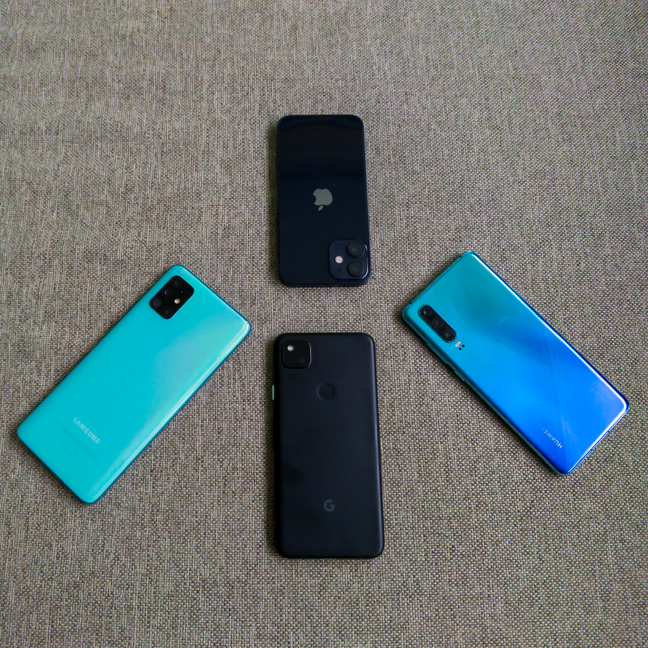
For each iPhone model, there are more than a hundred Android phones launched each year
Furthermore, since Apple is not interested in competing in the entry-level market, if you want a brand-new smartphone but can’t afford the 399 USD for an iPhone SE (2020), your options are limited to Android smartphones only. Don’t worry, though, there are over 350 models below 400 USD launched in 2021 alone, so there’s a large pool to choose from.
Regarding actual device design, Android smartphones are starting to follow the same pattern: a volume rocker, a power button, and that’s it. Only some enthusiast smartphones, like the Sony PRO-I, have additional ones, like a camera shutter button. iPhones are even more strict: after removing the Home button, every iPhone has followed the same recipe: a Power button (or Side button), a volume rocker, and a rather vestigial Silent switch.
But while the iPhone buttons rarely change position from one generation to the next, on Android phones, there is more variety in terms of button positioning and size, especially since some of them use the Power button as a fingerprint reader.

Button position varies more on Android phones
2. Energy efficiency and raw power
Surprisingly, with so many companies competing in the Android market, it’s Apple who has the lead in terms of raw computing power. The latest Apple A15 Bionic chipset destroys virtually any other mobile chipset while being significantly more power-efficient. Here is a Geekbench score comparison between the A14 Bionic (launched in 2020 on the iPhone 12 series) and a Qualcomm SM8350 Snapdragon 888 (on one of the fastest and most expensive Android smartphones, the Sony PRO-I, launched in late 2021):
Geekbench scores for iPhone 12 versus Sony PRO-I
This is somewhat offset by the fact that iPhones have lower-capacity batteries. This was especially true before the iPhone 13 series. For example, the iPhone 12 has a 2815 mAh battery, compared to the 4000 mAh of the Samsung Galaxy S21. The trend is reversing, though. While many users were complaining of the iPhone’s battery life, this is no longer true with the iPhone 13 range.
3. Features and innovation
In the Android ecosystem, innovation has always been the main focus. Many manufacturers even risk introducing new, unproven features in order to stand out from the competition. In contrast, Apple has been slow in adopting features, only introducing them when they were completely sure that the feature would be a success. Let’s take high refresh rate screens: while the first Android phones with 120 Hz displays came out in 2017, Apple only implemented this feature four years later, on the iPhone 13 Pro and Pro Max.
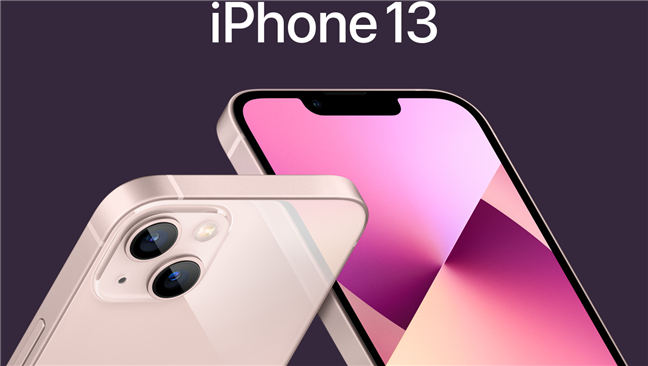
The iPhone only introduced 120Hz displays in 2021
While iPhone users might feel deprived, this kind of delay also ensures a much better implementation of any particular feature. For example, the first iteration of Samsung’s foldable display was terrible in terms of durability and life expectancy, and only now, with the third generation of Galaxy Z Fold, can we say we’re comfortable with the technology. With iPhones, you don’t have to fear that experimental features will ruin your experience.
4. Authentication
If the introduction of features is slow on Apple smartphones, they are leading in terms of the removal of features. Many Android phones use facial recognition, but most of them still use fingerprints as an authentication method. iPhones, on the other hand, removed fingerprint authentication back in 2018! This is mostly because their face recognition system, the Face ID, is hands down the best there is. It can recognize your face in the dark, it can pick up your features even at extreme angles, and it does so in the blink of an eye.

Authentication options on the Pixel 4a and the iPhone 12
Even more impressive is that even though face masks impede face authentication, Apple has found a solution that is to be implemented in iOS 15.4 on all Face ID-capable iPhones.
Coming from an Android device, the lack of a fingerprint reader might seem odd at first, but once you experience and get used to the brilliant implementation of face recognition on iPhones, you’ll most likely never feel like going back to fingerprint authentication.
5. Connectivity
Android smartphones have a wide range of connectivity options available. Infrared, Bluetooth, physical headphone jacks, USB-C, all of these are widely used and compatible with modern devices. Apple, on the other hand, being so eager to innovate by removing features, has removed the headphone jack from the iPhones more than five years ago, starting with the iPhone 7. iPhones do have the most modern connectivity options, like Bluetooth, NFC, and Wi-Fi.
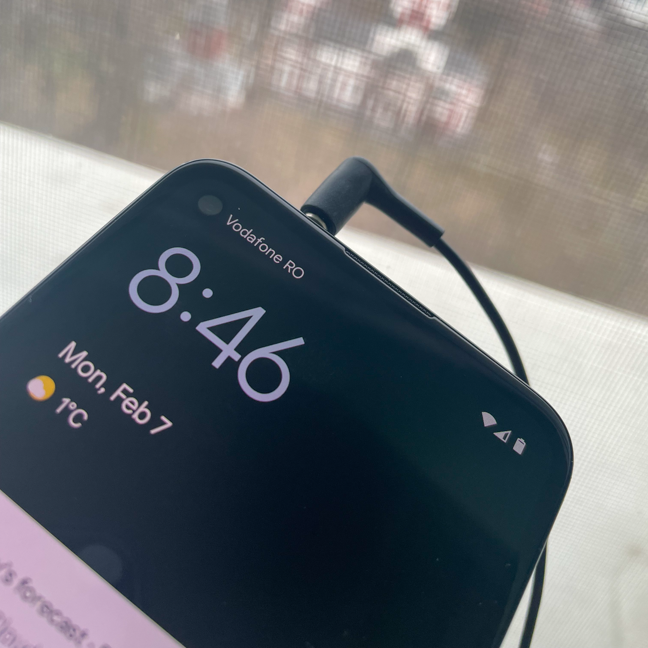
Headphone jacks are rare on Android phones, but non-existent on iPhones
As for infrared blasters, iPhones never even bothered to have them in the first place. And the reason for this attitude towards connectivity is kind of logical if you read the next difference between Android smartphones and iPhones:
6. Accessories
On Android devices, most accessories and wearables are interchangeable. You can use Samsung smartwatches with Huawei smartphones, Sony headphones with Xiaomi devices, and so on. Yes, some of them might have slightly less functionality. But overall, you’re not forced into an ecosystem like you are on iPhones. Yes, you can use the AirPods, for example, on Android smartphones, but the tradeoff is that you lose many features. But do you have a pair of high-quality wired headphones that you want to use on a modern iPhone? That will be 9 USD, thank you. And that’s the catch. The accessories dedicated to iPhones are usually much more expensive than their Android counterparts.
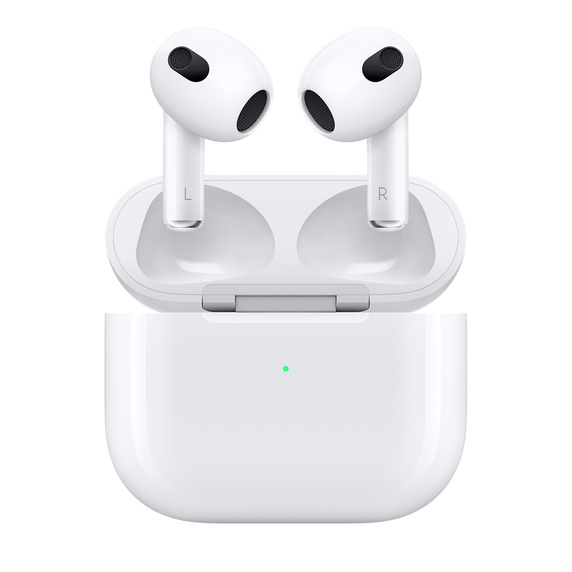
Orginal Apple accessories are very expensive
Do you want to buy a third-party charging cable after your cat chewed through the one that came with the device? For Android phones, you can find a USB-C cable literally everywhere for a few bucks, and most of them will be compatible with your device. On iPhones, the proprietary Lightning port only accepts a small selection of third-party cables. If you buy an uncertified cable, you get a “This Cable or Accessory Is Not Certified” error message. The cost of an original Apple cable? 19 USD, thank you very much.
7. Longevity, service, and repair
One of the biggest issues I have with Apple is its view on service and repair. And I’m not talking about the absurd repair prices, although that is also an issue. Until recently, repairing a modern iPhone outside of certified, official service centers was a nightmare, due mostly to artificial hurdles Apple introduced to prevent you from repairing your iPhone. Things like using proprietary screws, pairing the screen with other parts of the smartphone so that you couldn’t simply replace it, etc., are completely artificial obstacles that are not linked to any technical limitation. Due to public backlash, Apple’s attitude towards self repair has recently improved, with parts being made available for individual consumers starting with the iPhone 12 and onwards.

Broken iPhone? Most of the time, the repair costs are not worth it
That being said, the lifespan of iPhones is longer than that of similar Android smartphones, thanks to the higher quality of materials, better engineering, and better software support. Battery life declines rapidly after 2-3 years of heavy usage, no matter what smartphone you buy.
8. Physical storage
More and more smartphones have moved away from this, but until recently, most Android devices had expandable physical storage. iPhones, on the other hand, come with fixed storage, and if you’re a photo hoarder like me or you enjoy recording videos, you might run into storage space issues down the road.
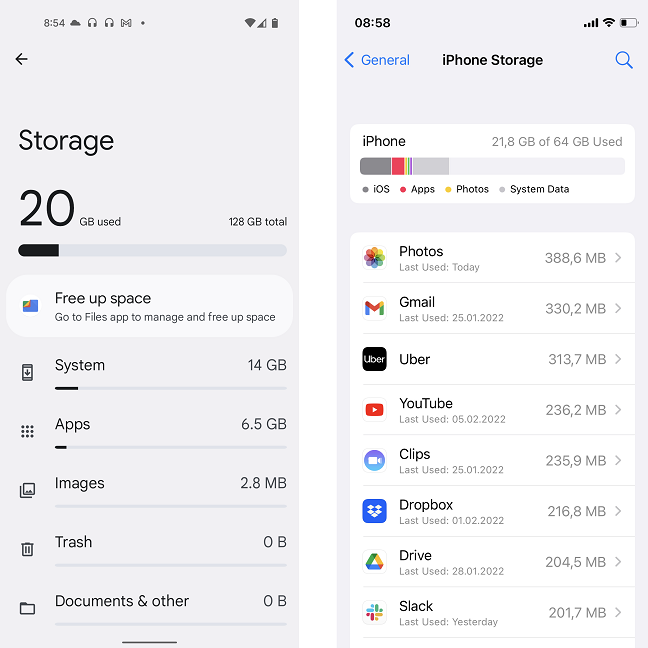
Storage can be expanded on many Android phones, as opposed to iPhones
Of course, you can download your media files to a computer periodically, but as you’ll see in the next section (Software), even that isn’t as straightforward on iPhones.
Software
While you could argue that the screen on an iPhone comes from the same factory as the one made for a Samsung Galaxy, or that chip manufacturing plants for iPhones and Android devices are located in the same city or even have the same owner, the software is completely different on Android smartphones versus iPhones. Let’s look at several main differences between iOS and Android:
9. “Open source” versus closed operating system
In 2003, a company named Android Inc. started developing an operating system for digital cameras. The company was subsequently bought by Google, and from then on, it made history. Android is based on Linux and thus is a fully open-source operating system. iOS, on the other hand, is developed in-house by Apple and only has parts of the code that are open-source. There are numerous articles on the benefits and disadvantages of open-source, but the main takeaway is that open-source software is more transparent, more easily accessible, and much more robust in terms of security (vulnerabilities are discovered and fixed faster than in closed-source systems). But it is also less regulated, which has a big impact on user experience.
10. Updates
Looking strictly at security updates, Android seems to have a clear advantage over iOS, as new security updates are released for Android smartphones every month. However, when we factor in the delay in propagation (each manufacturer decides when to push the update, usually after it has finished internal testing) and the limited support period some devices have, we can say that most Android devices (apart from Pixel smartphones, which always get updates as soon as they are released) are actually running relatively outdated software. This is true for operating system updates or new versions, as well. While Android 12 has been released in October 2021, a huge number of otherwise compatible smartphones have yet to receive the new version at the time this article is written, in February 2022.
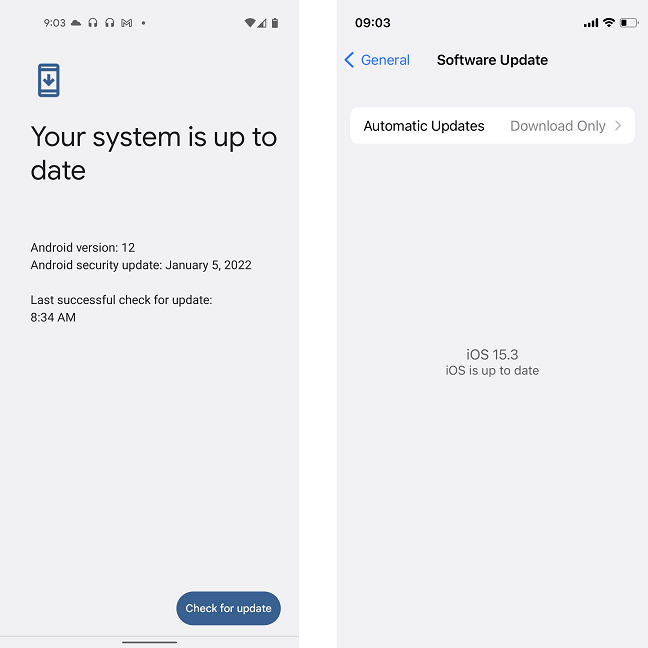
Only Google Pixel smartphones get the latest updates as quickly as the iPhones
For iPhones, the process is simpler and more strict at the same time: security updates are much rarer and are pushed to all supported iPhones at the same time. As for operating system updates, they are available at the same time for all supported iPhones as well. Furthermore, Apple devices have excellent software support: the iPhone SE, launched in 2016, can be updated to the latest iOS version, 15.3, without any issue. Flagship Android devices from the same year were already outdated in 2018.
11. Interface
The interface of Android devices varies to a great extent from one manufacturer to the next. This means, on the one hand, that you will certainly find an operating system skin that you enjoy using, but on the other hand, it makes switching from an Android smartphone to one from another manufacturer more difficult.
However, sky’s the limit when it comes to customizing the appearance of the Android interface. You can make your phone interface look like a Star Trek tricorder or personalize your significant other’s Android phone with a Valentine’s theme.
The interface is identical for all iPhones sporting the same iOS version. Moving from a 2016 iPhone to a 2022 one is almost seamless, but this also comes with a disadvantage, as customization options are much more limited for iPhones. And we’re not talking just about the looks: even though it’s 2022, Apple devices still don’t have a proper app drawer, so applications are dumped on the home screen(s).
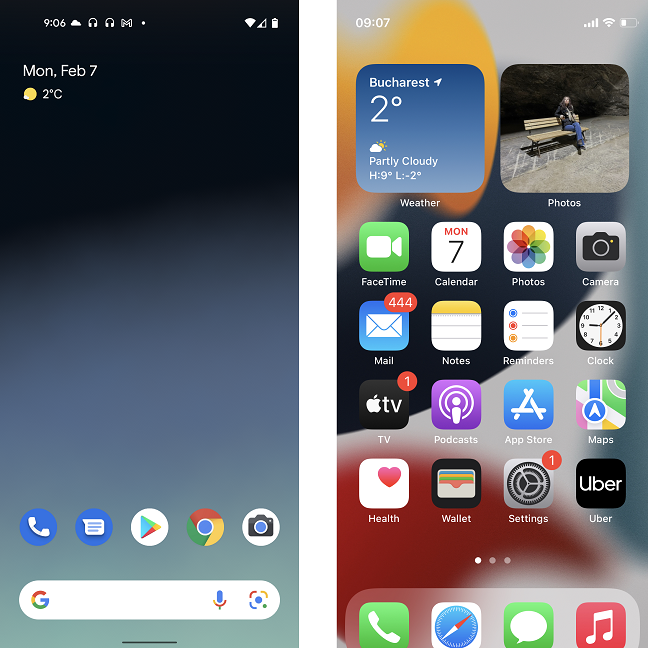
The Home screen on Android smartphones is much more customizable than the one on iPhones
Sure, there is an App Library, but it’s still clunky and hard to access compared to the simple app drawer present on almost all Android smartphones.
12. Stores
Google Play is the official app store for Android smartphones. It has roughly 3.5 million apps, compared to the 2.3 million for Apple’s App Store. However, Apple does a better job at monetizing its apps, with a global consumer spending in the third quarter of 2020 of about 19 billion USD. Google Play spending in the same time period was “just” 10.3 billion USD. Numbers don’t paint the whole picture, though.
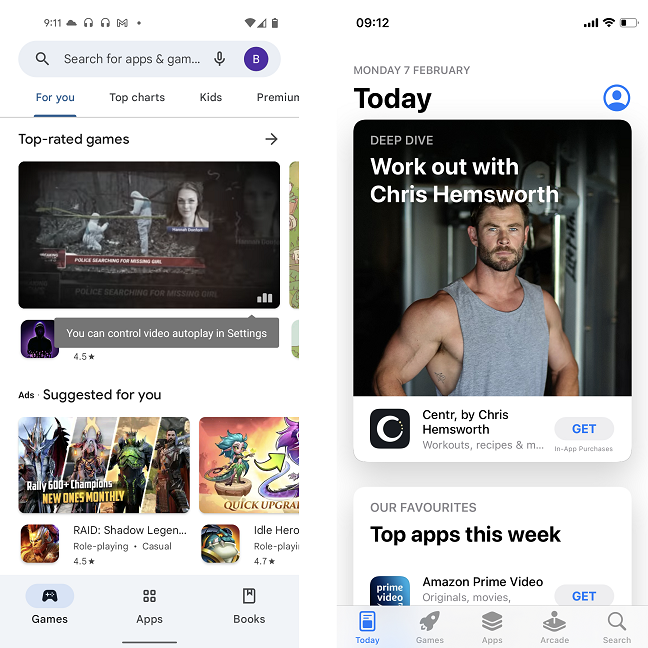
The Google Play Store versus the Apple App Store
The variety of apps in the Play Store is incredible and, thanks to the more flexible nature of Android, apps on Google Play can do things that iPhone users don’t have access to. The vast majority of the apps in the Google Play Store are free, but most of these also have ads (some of them very intrusive). While more restricted in terms of app features, malware apps almost never bypass the strict filtering imposed by Apple, so overall you’re safer and have a better experience in the App Store.
Lastly, sideloading apps is almost impossible on iPhones, while on Android all you have to do to install an app that’s not in Google Play is to toggle a switch and confirm your installation.
13. Apps
Thanks in part to more strict regulation and higher development costs, third-party iPhone apps are simply better than their Android counterparts. There is no other way to put it: iOS third-party apps crash less, have greater functionality, and (because of the different approach for monetization) fewer ads. This also encourages developers to launch their apps and updates on iOS devices first.
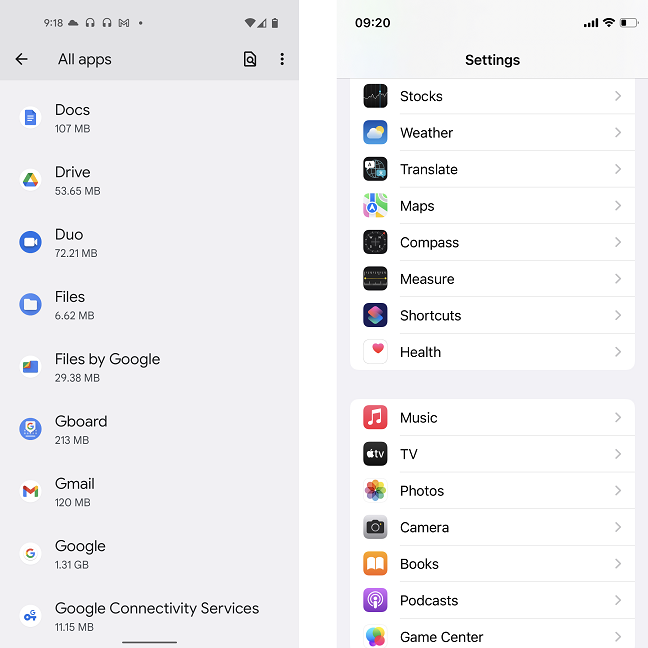
The number of apps bundled with Android smartphones varies a lot depending on the manufacturer
The number and quality of default apps preinstalled on Android smartphones vary wildly, from the minimum required to a huge amount of bloatware. The apps that come with every iPhone, while arguably less refined than their Google counterparts (Chrome versus Safari, Google Maps versus Apple Maps), are still excellent and perfectly integrated with the operating system.
14. Privacy
Here’s a question for you: Google makes money from providing targeted ads, based on each user’s location, browsing, shopping, and viewing preferences. Apple makes its money from selling iPhones and from offering services to its users. Which of the two companies would you trust more regarding privacy?
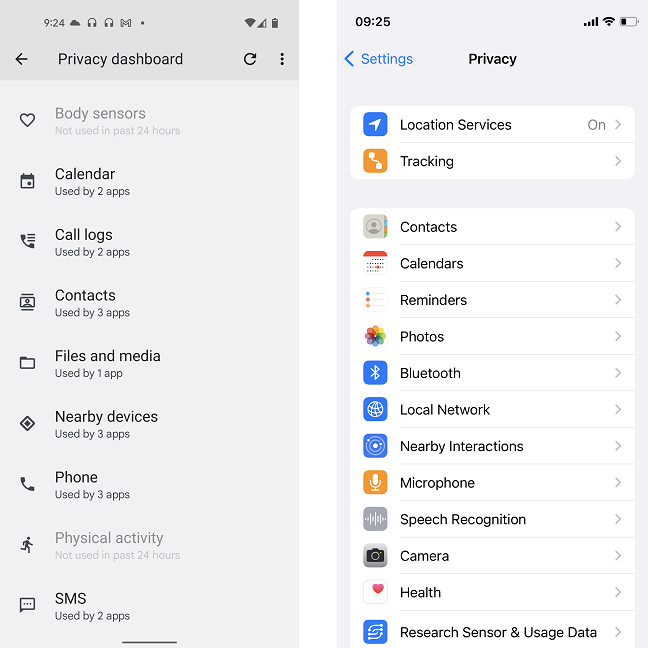
The privacy dashboard on the Pixel 4a and the iPhone 12
Although the answer might appear obvious, in most cases, you can get similar levels of privacy on both operating systems. The difference is that you’ll have to dig more in the menus on Android devices. Overall, Apple collects less data from users, and the third-party apps present in the App Store have more strict guidelines regarding privacy.
15. Backup and file transfer
Both iPhones and Android smartphones have solid cloud backup solutions as default. But while Google offers 15 GB of storage for free (extremely useful if you back up your media files), Apple only offers 5 GB on its iCloud. The space gets filled up pretty quick, which in turn disables backup for apps and settings.
Transferring files to your computer is trivial with most Android smartphones: once connected with a USB cable, you can choose to mount the smartphone’s storage as a disk drive, and then you can drag & drop or copy & paste files to any location. You can also mount the drive as a media player, allowing you to easily upload and download media files.
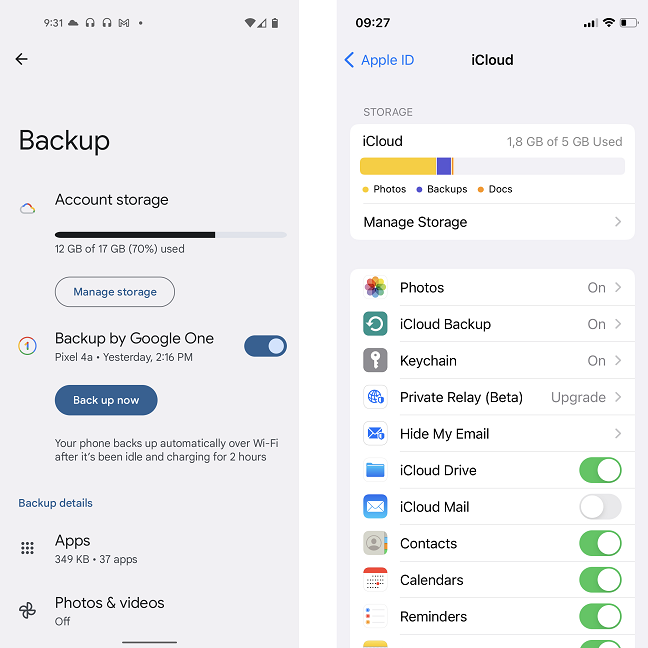
Both Android smartphones and iPhones offer good Cloud support
On iPhones, file transfer is equally easy… if your computer is a Mac. On Windows, you need to install iTunes, and even then, access to the contents of the iPhone’s storage is limited at best. Since iPhones don’t have expandable storage, you can’t just remove the SD card and insert it in your card reader, like you can with many Android phones.
Market position
It’s not just the hardware or the software. There are two other differences that I noticed, that I would categorize as being more general, a consequence of all the other aspects presented above.
16. Resale value
Because of their ubiquity, Android smartphones tend to drop in value faster than their iPhone counterparts. This also has to do with the sturdiness of the devices and software support. For example, while a used iPhone SE from 2016 can be had at 100 - 200 USD, a flagship Android smartphone from the same year, the Samsung Galaxy S7, will cost you half of that right now. This makes iPhones a better investment if you consider their value depreciation over time.
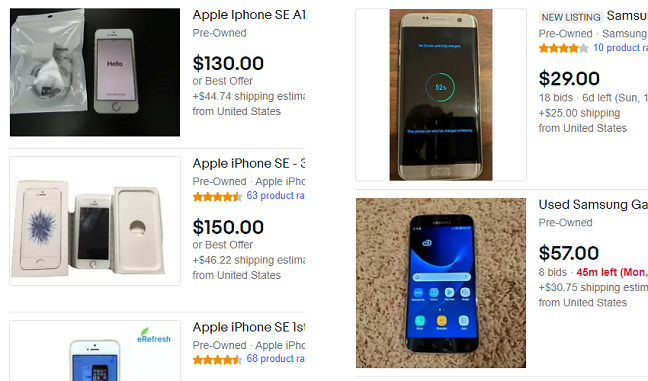
iPhones have better resale value
17. Target group
iPhones are aimed towards less technical users. This becomes apparent when you look at the level of customization and the interface of iPhones. The Apple smartphones are meant to work with maximum efficiency out of the box, with minimal configuration. The software just works, the camera takes amazing pictures without having to fiddle with the settings, the apps simply do exactly what they are meant to do. The iOS interface is perfect for people who don’t want to change much but want to have reliable and efficient functions on their phones.
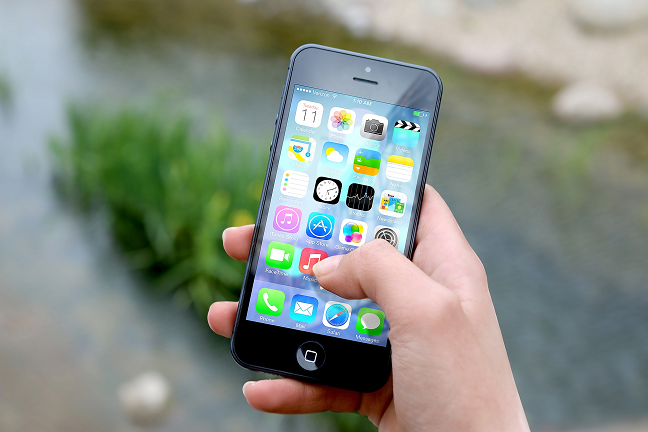
iPhones are perfect if you don't want to mess around with various settings
Android smartphones feel less like gadgets and more like tech - more configuration options, more user control, greater choice. It’s awesome if you want to set up your device, if you want to increase efficiency, quality, and speed, and know exactly what to look for and where. However, if you want a flagship-level smartphone that just does it all very well, you can’t go wrong with an iPhone.
Have you migrated from an Android smartphone to an iPhone or vice-versa? How was your experience?
If you migrated from Android to iOS or the other way around, what were the things that you liked, and which were the ones that frustrated you? Are you happy with the switch, or would you gladly go back? Do not hesitate to share your opinion in the comments section below and tell us about your experience.
